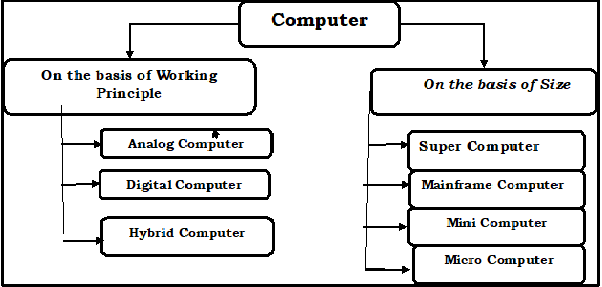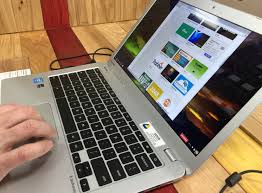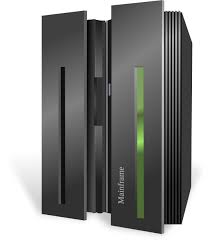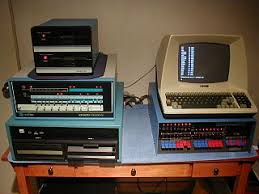v On the basis of Working Principle:
a)
Analog Computer:An analog
computer is a form of computer that uses continuous physical phenomena such as
electrical, mechanical, or hydraulic quantities to model the problem being
solved.
Example: Thermometer,
Speedometer, Petrol pump indicator, Multimeter
b) Digital Computer: A computer that performs calculations and logical operations with quantities represented as digits, usually in the binary number system.
Example: Personal Computer, Laptop, Desktop, Mobile
Phone etc.
c)
Hybrid Computer (Analog + Digital):A combination of computers those are capable of inputting and outputting
in both digital and analog signals. A hybrid computer system setup offers a
cost effective method of performing complex simulations. The instruments used
in medical science lies in this category.
Example:
v On the basis
of Size
a. Super Computer: Some specialized applications requires immense power to calculate mathematical operations and to serve that purpose we need Supercomputers, which are very fast and expensive computers. PARAM is an example of supercomputer made in India. Supercomputers are capable to execute single operation faster than the other like Mainframe Computer.
Applications of
Supercomputer are as follows:
1. Weather forecasting
2. Graphics Animation
3. Nuclear Research etc.
b. Mainframe Computer: Mainframe Computers are more expensive and larger in capacity to support hundreds or even thousands of user programs at a time whereas supercomputers can execute single operation faster than Mainframe Computer.
c. Mini Computer: Minicomputer stands between workstation and mainframe computer. Mini Computer is a mid-size and less expensive than mainframe computer, capable to support 2 to 300 users at a time. For example- Server is an example of minicomputer.
d. Micro Computer: Personal Computers (PC’s) are examples of Micro Computer, which is capable to support only one user at a time and much cheaper to afford easily for personal work. Example of such computers are as follows:
i. Desktop Computer: Is a personal computer much smaller to fit into a desk.
ii. Laptop Computer: Is a portable computer with integrated Screen and Keyboard.
iii. Mobile Phones/Palmtop Computer/ Notebook /PDAs: These are the palm size compute with onscreen keyboard.
e. Workstations: Workstation is a terminal or Desktop Computer in a Client-Server Network, which are basically used for software development, desktop publishing. It uses single operating system with large size RAM and storage devices capable to store user’s data and application software.











